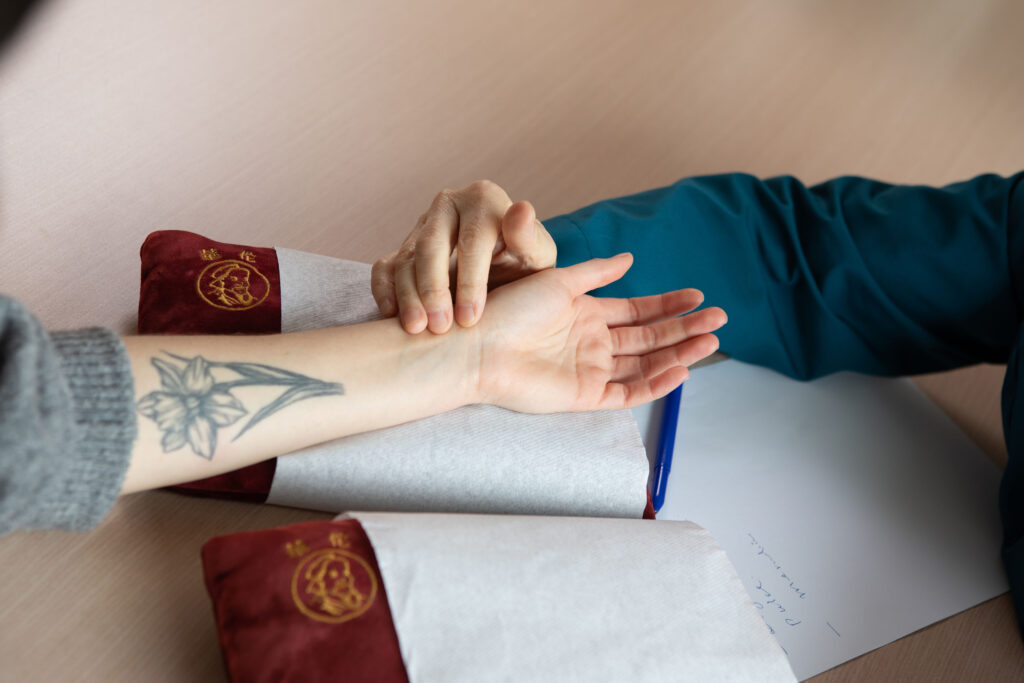Clinical Education: Developing Skilled Chinese Medicine Practitioners
Clinical education in our Chinese medicine program is a structured, hands-on journey that prepares students to become safe, confident, and effective healthcare providers. Through a progression of classroom learning, clinical theater experiences, mentored skills development, and a comprehensive clinical internship, students gain the competencies needed for real-world acupuncture and Chinese medicine practice.
Foundations: Academic Training & Early Clinical Exposure

Students begin with core coursework in Chinese medical theory, diagnostic methods, acupuncture point actions, needling techniques, and Chinese herbal medicine. Early training includes Clinical Theater, where faculty demonstrate patient interviews, diagnostic reasoning, and treatment planning. This setting helps students connect academic learning to the practical flow of an acupuncture or Chinese medicine visit.
Clinical Theater-Based Observations
As students advance, most observation occurs in Clinical Theater, with some additional observation in the clinic. Here, students:
- Watch full acupuncture and herbal medicine treatments
- Observe communication and clinical decision-making
- Begin practicing early clinical skills
- Learn patient-centered and professional conduct
This stage reinforces essential competencies before students move into more active patient care.
The CMR Year: Supervised Skill Development
The Clinical Mentoring Rotation (CMR) year marks the transition from observation to participation. During CMR:
- Faculty directly observe every acupuncture needle insertion
- Students conduct intakes, physical exams, and treatment plans with close guidance
- Supervisors coach each step of the clinical encounter
- Students begin performing acupuncture and herbal medicine within a supported environment
This focused year builds strong technical skills and clinical judgment.
Final Internship: Guided Independence
In the final year, students complete a clinical internship with increasing autonomy under licensed faculty supervision. Interns:
- Perform full patient visits
- Apply Chinese medicine diagnostics
- Create individualized treatment plans
- Provide acupuncture, herbal medicine, and lifestyle guidance
- Manage ongoing patient care
Internship prepares students for professional practice, licensure, and real-world patient interactions.
Professional Formation
Across all phases, students develop the qualities essential to practice: ethical conduct, compassionate communication, integrative care approaches, and reflective clinical reasoning.

Take the Next Step
Ready to begin your path toward becoming an acupuncture or Chinese medicine practitioner in Portland, Oregon? Connect with our admissions team to explore how hands-on clinical training can support your future career.
Let’s Connect